For disabled people, social media can be both a lifeline and a drain
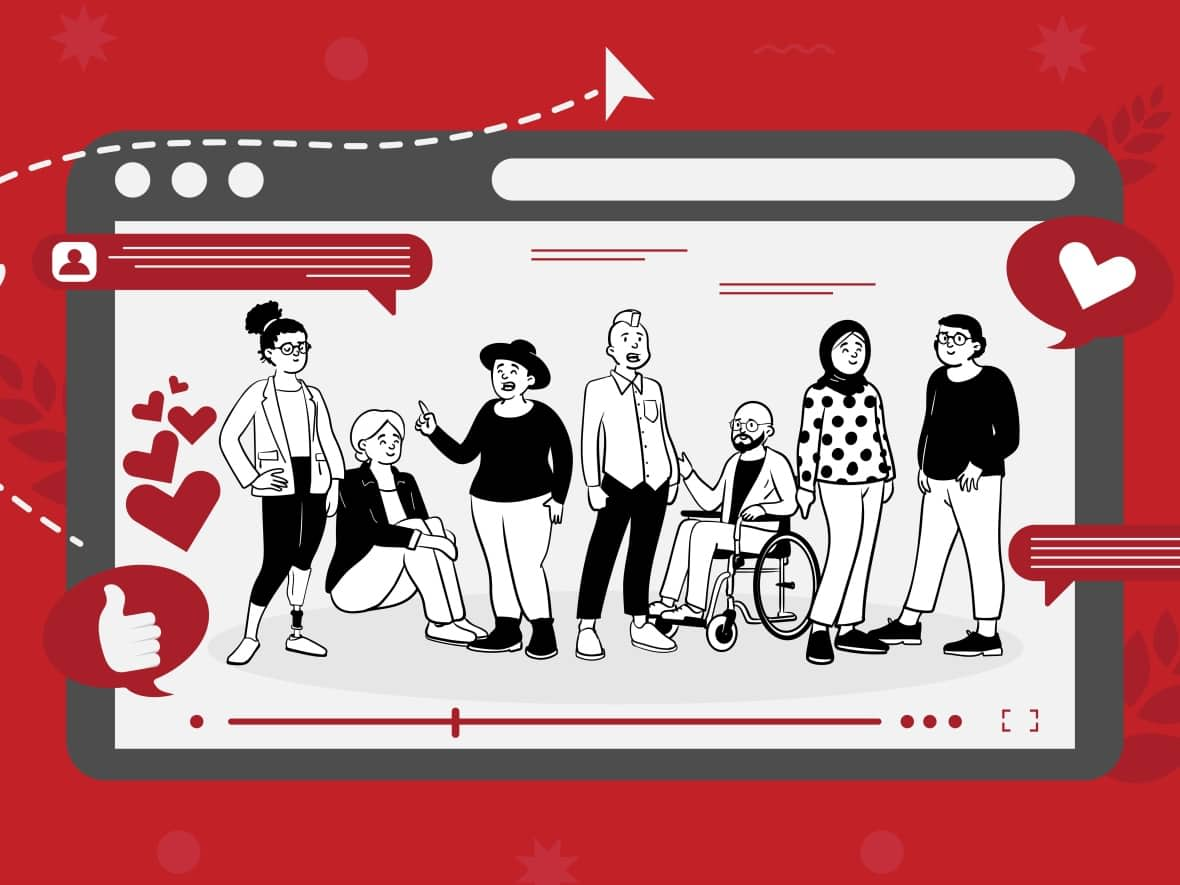
"I would never have called myself 'disabled' if it hadn't been for Twitter, if I hadn't realized that the umbrella of disability was much larger than my understanding of it was," says Lauren Allen.
The Saskatoon-raised theatre artist and social media professional regularly shares her experiences of complex post-traumatic stress disorder and anxiety online. She first got immersed in disability-centred social media spaces by following writers like Alice Wong (@SFDirewolf) and Imani Barbarin (@Imani_Barbarin).
But alongside the sense of identity she found among disabled people on Twitter, Allen has also found a reluctance by many to acknowledge and engage with those who have less visible disabilities.
"The care that people receive when their physical limitations are apparent to able-bodied people is different than people who have mental health limitations or who have something like chronic pain, for example," she said.
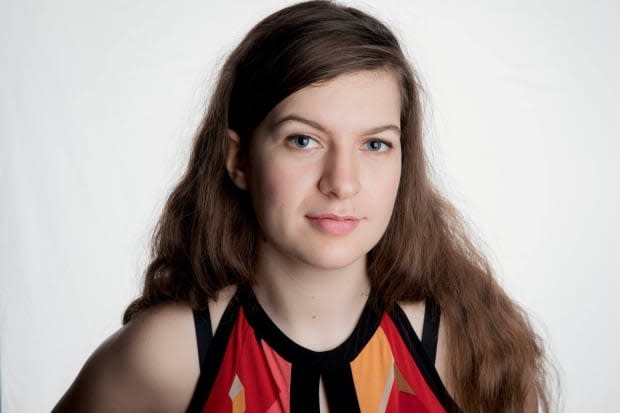
While social media platforms like Twitter, TikTok and Facebook have become a haven for disabled people looking to connect with those who have similar experiences, they are also brimming with triggering discussions of trauma. Balancing the search for support with cultivating bits of joy in a digital place that is often unforgiving has become a critical challenge for many disabled people.
Finding community
Like Allen, social media was a big factor in how Brit Sippola found their way to identifying with disability.
"When I started using the [TikTok] app, it started pushing me autistic content and that was the first time that I had ever seriously considered that I could be autistic," said the Regina-based engineer and disability activist.
Sippola had turned to TikTok seeking comfort when their other disabilities, which include fibromyalgia, endometriosis, attention deficit hyperactivity disorder (ADHD), and borderline personality disorder, were having a severe impact on their health. These online interactions have helped Sippola learn about possible symptoms from what they call "the hive mind," before having them affirmed by a medical professional.
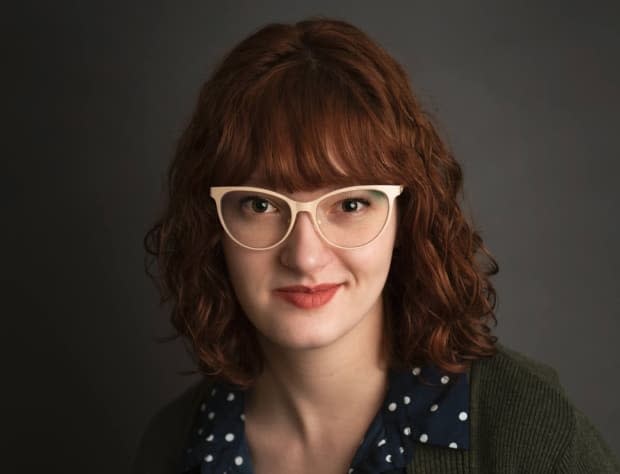
"It's really great to have a sounding board, especially with fibromyalgia, because it's such a condition that can change from day to day so insanely that it can be really, weird to parse out like, 'OK, this is a symptom; this isn't a symptom.'"
Sippola said mental and emotional support in relation to their disabilities comes largely from digital sources because they know "very few disabled people in real life."
Being seen and heard
Creating a space for those with chronic illnesses or invisible disabilities was part of the impetus for Brianne Benness to launch the No End in Sight podcast and accompanying Twitter hashtag, #NEISVOID. There, people with various disabilities share their experiences and look for support, while the podcast collects what she calls "oral histories of chronic, complex, and contested illnesses."
The root of her frustration was the tendency of other social media spaces to prioritize the voices of those already diagnosed or who are privileged in other ways, like race or class.
She also wanted to offer a safe space where people could feel heard and be offered support on their own terms.
"I don't need you to comfort me – that's not what I'm asking for here," said Benness, who hails from Hamilton, Ont. "What I'm asking for is a place where I can just name my experience out loud and be seen and feel seen for it."
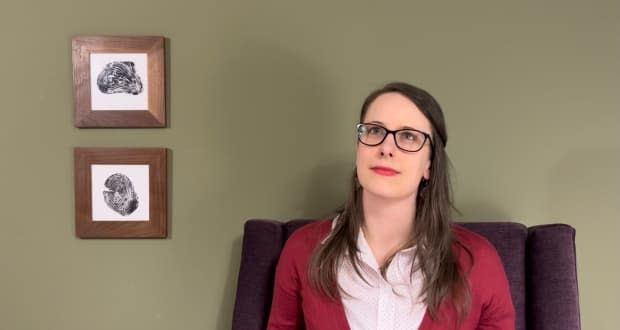
Stepping away
For disabled people, access to the internet is often synonymous with access to friendship and peer support, mutual aid and assistance with health issues. With the COVID pandemic limiting travel – something that was already restricted for many disabled people – that dependence has become even more pronounced.
One of the challenges, then, is how disabled people can step away from social media when these sites feel like their only lifeline.
Some people move their friendships offline, if you will, choosing to engage by text message, for instance.
Others opt to engage on social media in a different way.
Sippola said that their engagement with social media isn't always about deep conversation related to identity, but about giving permission to care for themselves after their job as an engineer leaves them spent.
"It's not like I have the energy to be doing anything else. My old life? Yeah, I would go for a bike ride or any number of random things. But in my current life, like in the body I currently live in, I can't be doing the fun things I want to do all the time, and sometimes I need to just rest."
The solution isn't necessarily so simple when being glued to social media is part of your job.
Liam O'Dell is a multiply-disabled journalist and founder of the Twitter Community "Disability Twitter" (a feature that allows for users to gather together in a more intimate, direct way).
"[F]or me, social media is not only a lifeline, as a disabled person, to connect with my disabled community, but it's my work. … And so to pull myself away from that is exceptionally difficult."
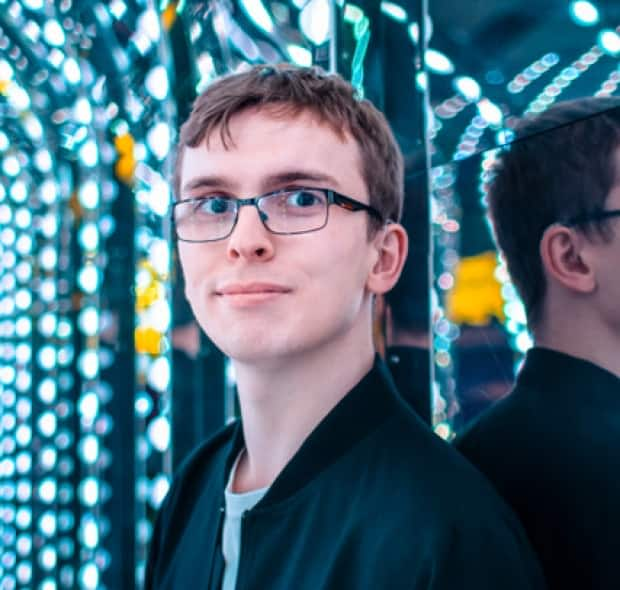
When asked about managing time on social media, Allen offered a few tools that she suggests to her clients: "Set timers to limit your engagement on a platform. Have specific goals like, 'I'm going to like and comment on X number of posts; I'm going to create X number of posts today.'"
Cultivating joy
For Benness, part of the solution is offering an alternative. She aims to cultivate joy in the digital sphere to give people a break from the constant pain and fear being shared online. That means regularly sharing a Twitter list of animal accounts – keeping her chosen audience in mind, who are often disabled people with sensory overwhelm.
"Most people who I am talking to on Twitter … are using Twitter specifically in that state of illness," she said. "And so when I approach Twitter, I'm approaching it as if I'm talking to people whose alternative is lying there with their eyes closed in pain."
Meanwhile, Sippola seeks out artists on TikTok for inspiration to get creative instead of simply "social media couch surfing."
Finally, in a digital space where you're bombarded with discussions of trauma, stepping away can mean finding joy elsewhere. Allen engages in fun offline activities, like jigsaw or sudoku puzzles.
"Just something to take my mind off of it, get me into a different space," said Allen, "usually a space that isn't inundated with other people's thoughts, so that I can form my own opinions and become more solid in my own experience."


